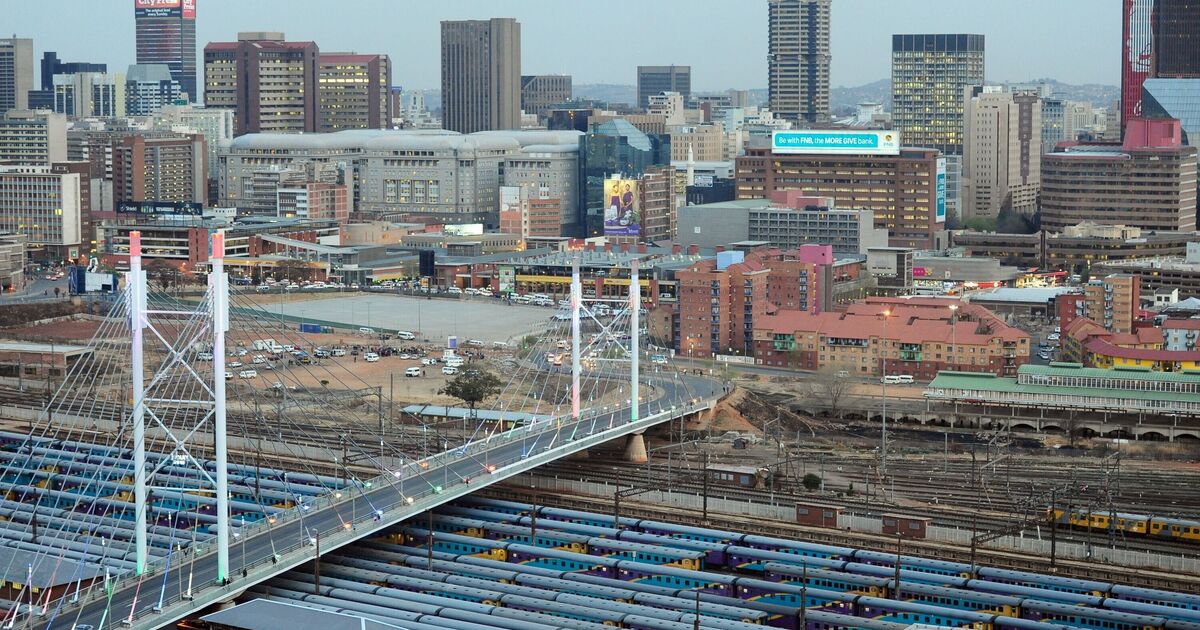Johannesburg Park Station is the city’s central railway hub and the largest railway station in Africa. The station was first established in 1887. However has undergone multiple transfomations over the 138 years it has been opened.
The station’s name comes from a spot on an earlier railway line from the city of Boksburg to Braamfontein, a suburb in Johannesburg. The spot called Park, named after Krugers Park north of the stop, later became Park Halt on the Boksburg-Braamfontein line.
The station’s 1897 building, constructed in Rotterdam, featured cast iron pillars, a glass dome roof and a restaurant with carved oak panels.
As the number of passengers grew, a redesign was necessary, and in the late 1920s, the task was assigned to architect Gordon Leith. A funding of £650,000 was raised for a new concourse, eight platforms and four railway lines.
By 1945, the station had reached its passenger capacity again and another expansion involving a new station, administrative buildings and a newer bridge over the railway lines took place.
After multiple resdesigns and expansions, the hub is now home to 16 platforms and welcomes a 16 million passengers annually.
In 1964, during a period of one of the expansions, Johannesburg Park Station was the target of a bomb attack that killed a 77-year-old woman, and injured 23 people.
John Harris of the African Resistance Movement was convicted of murder, and put to death in 1965, after planting the bomb on a whites-only platform of the station.
The station was recognised a symbol of divided Johannesburg during the years of South Africa apartheid systems. Former president Nelson Mandela described it as dividing the capital in two, with a “river of steel” railway lines and “unfriendly” buildings cutting through the city.
Today, Park Station forms the heart of the Witwatersrand Metrorail network, with regular services to Carletonville, Randfontein and Soweta in the west and east to Springs, Nigel and Daveyton.
It is also the site of the southern terminus of the Gautrain, a high-speed rail link to Pretoria and the OR Tambo airport. The underground station is connect to Marlboro station via nine miles of tunnel and has been in operation since 2012.

